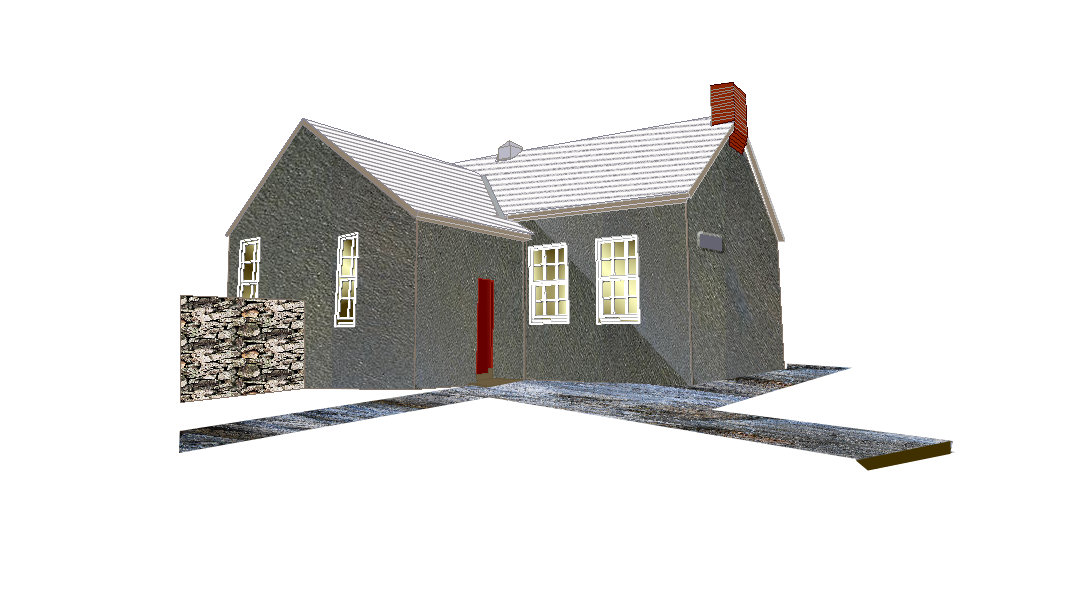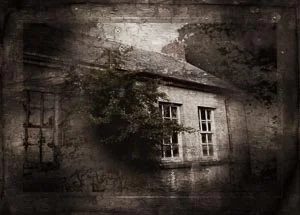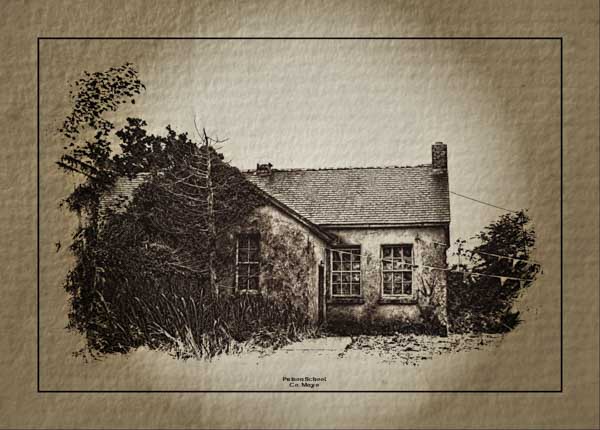Irish Education
Irish culture has a long tradition in preserving its heritage. The bardic schools of pre-Christian Ireland helped to preserve and pass on the history of early Ireland. Filí (poets and philosophers) Bards (story tellers), Brehon (counsellor to the chief or lawgiver) and druid priests would have been the main class that would have been educated and passed on oral traditions. Later after Christianity establishing itself in Ireland, monasteries would have been a place of study replacing the druids with monks. With the monasteries becoming the centre of a lot of the town and villages around the country.
During the Norman (which later became English to finally British rule) Hedge school began to appear around the country to help preserve the heritage and traditions of Ireland. With many of them becoming the only place the Irish (Catholics) could receive any form of Education. It also noted that some Hedge schools even had some Protestant (Church of Ireland) pupils because they became well known for giving a good Education.
Records of Hedge schools
There were 3 hedge schools, two in Balla and one Rosslee, along with 3 day schools in Minolla (Manulla). The 3 hedge schools are shown to be in decline in attendance by 1836. But there were two, Day Schools which had opened in Minola in 1834. One of which had taught grammar as well as protestant and catholic catechism while the other taught only catholic catechism. The other subjects taught at these schools were: Reading Writing and Arithmetic. No area in Manulla, name of school, or roll book numbers were given to these schools, so no link can be made directly to Prizon school.
Descriptions of hedge schools from locals.
“About ninety years ago there was a hedge school in the village of Booley in the parish of Straide. This hedge school was held in a barn. The master was Gallagher and was a native of Booley and he lived about six yards from the school. The teacher loved Irish. The children spoke all Irish in the hedge school. They used all Irish books. They did their writing on slates with slate pencils. The children were seated on boards.
In those days the children used to pay school fees on every Monday morning and that was about all the salary the master received.
Every Sunday after Mass Mr Gallagher used to offer the rosary in Irish in Balla church.
COLLECTOR: Annie M. Reilly”
“There was a hedge school on the side of the hill of Cnocspullagolaun about ninty years ago. An old woman taught a little crowd of pupils there. She was a stranger. She had a little house of her own in the village of Bun Buide in the parish of Balla, Co Mayo. The pupils paid for their teaching every month. The teacher was fond of Irish and spoke very little English in presence of the pupils. Every pupil had a slate and a slate pencil on which he did all his writing. The children were seated on rocks which were placed in a half circle.
COLLECTOR: Maisie Reilly, Prison North, Co. Mayo
”
“I have heard of four hedge-schools in the district round Prizon. One was conducted by a Mrs Burke (Mary Murphy) in Faurgneens, parish of Balla, another much older by a named Connolly on Cnoc Nuala, Cregg same parish. There was a good school conducted by Paddy Gallagher at Laryhill parish of Straidhe, Barony of Gallen about a mile from here. A Miss Earley taught a hedge-school at Ara, parish of Keeloguse also a mile from here.
Paddy Gallagher’s School was a barn with a chimney a few yards from his own home Laryhill . His was by far the best of all the hedge-schools in the district. The young children attended school during the day and the grownups at night. They paid weekly school fees according to their class 1d, 1/2d or 2d. The pupils brought candles and turf to the night classes. Paddy Gallagher taught both English and Irish, but the women teachers taught only English.
The women taught in their own homes. The pupils were seated on sticks supported by stones. They wrote on their knees. Sometimes when possible the pupils got the jaw-bone of a horse or ass and used it for writing. They then wrote with charred sally rods.
COLLECTOR: Mary A. O’ Doherty
”
“There was a hedge school in Michael Brady’s land in the village of Rushill in the parish of Balla, Co. Mayo. This hedge school was held under a hedge. I do not know what the master’s name was. They spoke English as well as they knew it. The master had no desire for the Irish. The children wrote on slates. They would be punished if they spoke a word of Irish.”
“About 160 years ago there was a hedge school held in Loughill in the parish of Straid Co. Mayo. The name of the teacher was Patrick Gallagher. He was a native and he lived about six yards from the school. The principal language he taught was Irish. Owing to the English laws Irish would not be allowed to be taught in this country and at night the school was held. Every pupil had to pay a half-penny every night for the upkeep of the teacher. They had no accommodation of light only rush candles dipped in tallow, the fat of dead cows. This the people preserved for that purpose. There were no copy books or slates or pencils in those days. If they heard an ass or horse died within 20 miles of the place they went to get the jaw bone. This was a substitute for a slate. The pencil they used was a willow rod scorched by the fire for doing their writing and Arithmetic. There was no walking or dancing in those days. The people lived very humbly. The old people went to school until they were thirty years.
COLLECTOR: Annie Mc Nicholas ”
“Paddie Gallagher taught a hedge School which was in the village of Loughill, in the parish of Straide, Co; Mayo, about eighty years ago. He was a very famous teacher. He taught all the subjects in Irish. His pupils used to write with slate-pencils on slates instead of pencils and jotters. This school was held under a hedge. There were about 60 pupils going to this school. There was as much taught in it as in any National school, namely Irish and English reading, sums, and history. They spoke all Irish both master and pupils. They loved Irish. The master was a native of Loughill. He had a house of his own and he went to the school from it. The pupils used to pay their fee once a week to the master which was sixpence or eight pence a week. The pupils used to buy their own books and make their own pens with quills. People have some of the old books stored up yet.
COLLECTOR: Margaret Ruane
”






















